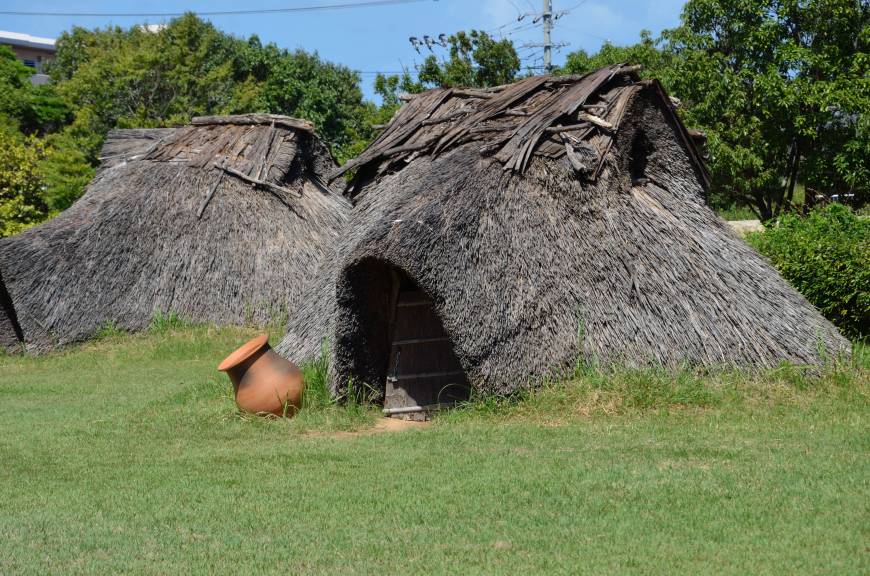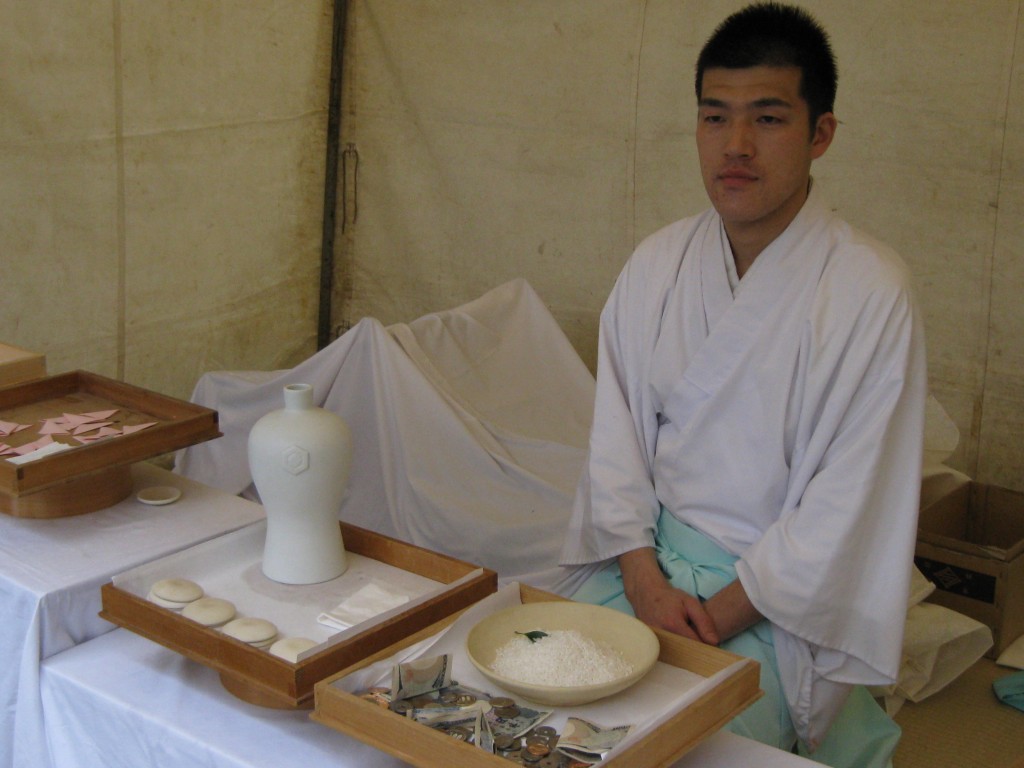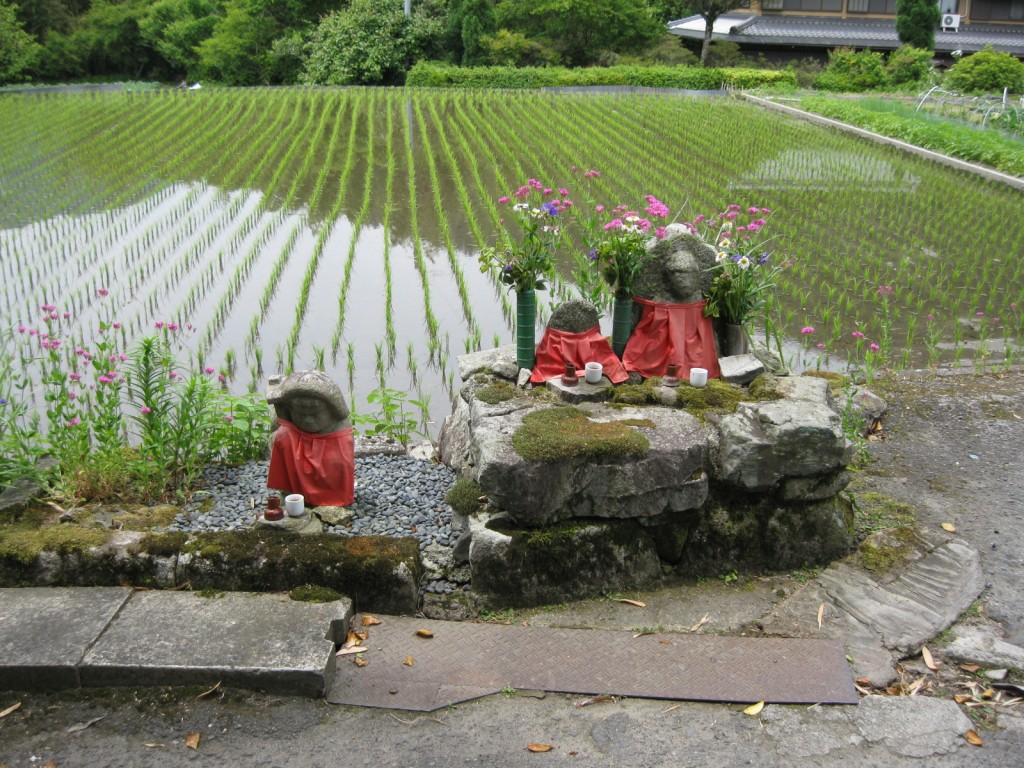Shinto is often associated with Japan’s rice culture, and its origins are linked with the introduction of wet rice production from the continent. In this respect research into how, when and where rice cultivation reached Japan is of interest for the spread of the belief systems that went with it. In an article for the Japan Times, Winifred Bird writes below of a site near Fukuoka in Kyushu that may have played a formative part. Unsurprisingly it’s on the northern coast near Hakata Bay, which served as a gateway to the Korean peninsula.
********************************************************************

Back in the late 1970s, the city planners of Karatsu, a fishing community on the northern coast of Kyushu, decided to build a new road. This provided a rare opportunity for local archaeologists. Seizing the chance to burrow with abandon in the densely developed region, they established a dig and began to search for pollen and seeds from ancient plants (among other buried treasures).
One day, they mixed a scoop of soil with water to separate out the pollen, and something unexpected floated to the top: a handful of tiny black discs. It turned out to be carbonized millennia-old rice that would soon lead them to the oldest paddy fields ever discovered in Japan.

Rice is central to many of Shinto's rituals, both as an offering to the kami and as a symbol of vitality
“Reporters were calling around the clock,” recalls Ryuuta Tajima, who was a young researcher at what came to be known as the Nabatake Ruins, and who today directs the Matsurokan Museum built on the site in Saga Prefecture.
Rice — though it came from abroad and was never the staple food for all parts of the country — has long been a symbol of “authentic” Japanese culture and identity. Its origins are entwined with those of religion, government, war and many other facets of contemporary society; the public was captivated by the Nabatake dig not so much because it revealed interesting things about agriculture, but because it revealed their own roots back at the tail end of the Jomon Era, around 2,500 years ago.
The Itazuke ruins in Fukuoka was the site, more than 2,500 years ago, of another village also inhabited by some of Japan’s first rice farmers. Wild rice does not grow in Japan; the tall wetland plant that eventually became the squatter Japonica variety farmers grow today was first domesticated in China 8,000 or more years ago. Over the course of several millennia, the techniques evolved and spread — eventually to the Japanese islands, although the route and timing of their arrival remains controversial.
Kazuo Miyamoto, a professor of archaeology who studies that complex question at Kyushu University in Fukuoka, says immigrant farmers from the Korean Peninsula most likely arrived by boat around the eighth century B.C., making landfall somewhere around present-day Karatsu, and then on the broad plain where Fukuoka is now. They established rice paddies and probably shared their techniques with local hunter-gatherer communities, who already grew some vegetables, grains and beans in dry fields. Population grew, leaders emerged, conflict arose — and Japan was on its way toward “modernity.”
Ancient bones tell the story, Miyamoto says: Around the time rice cultivation began, the people of northern Kyushu grew taller, and their facial structure became flatter, indicating intermarriage with immigrants from the Korean Peninsula. Another hint that rice farming developed elsewhere is the fact that even the earliest sites like Itazuke and Nabatake show signs of advanced techniques, such as highly diversified tools and complex irrigation systems.

Wet rice cultivation continues to be a defining characteristic of Japan in the present day

Leave a Reply